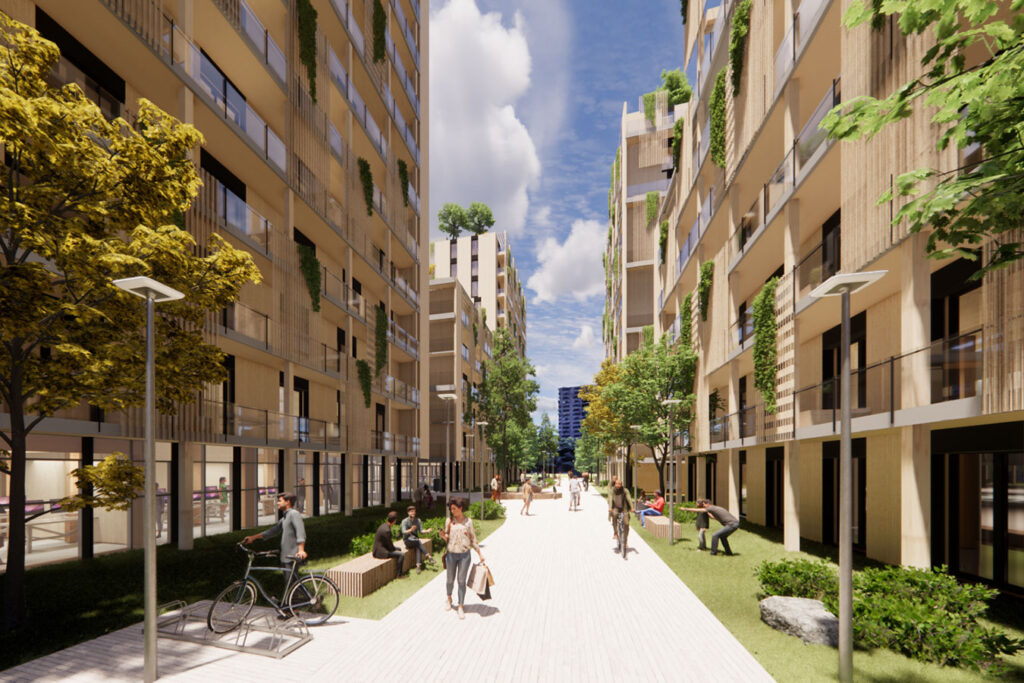
Community Based Housing Models: Innovations for Inclusive Living
In recent years, community based housing models have gained popularity as more people seek inclusive and sustainable living arrangements. These models offer a promising solution to housing challenges by fostering a sense of community and providing affordable options. In this article, we’ll explore various aspects of these models, their benefits, and their potential to shape the future of housing.

Understanding Community Based Housing Models
At the core of community based housing models is the idea of shared living spaces. These models emphasize collaboration, sustainable practices, and mutual support among residents. They are designed to create a sense of belonging and enhance social connections.
The Rise of Shared Living
Shared living is not a new concept, but it has evolved significantly over the years. The modern approach to shared living focuses on creating environments that accommodate diverse needs while promoting sustainability and community engagement. This trend is reflected in the growing popularity of shared housing options.
Benefits of Community Based Housing
Community based housing models offer numerous advantages, including:
- Affordability: By sharing costs among residents, these models make housing more accessible to a wider range of individuals.
- Sustainability: Shared resources and collaborative living reduce the environmental impact.
- Social Connection: Residents form strong bonds, leading to a supportive and vibrant community.
Types of Community Based Housing Models
Cohousing
Cohousing communities are designed to foster interaction and cooperation among residents. They typically feature private living units alongside shared spaces like kitchens and gardens.
Collaborative Housing
In collaborative housing, residents actively participate in decision-making processes, ensuring that everyone has a say in how the community functions. This model encourages shared responsibilities and mutual support.
Co-living
Co-living spaces are designed for individuals who seek a balance between privacy and community. These spaces often come with shared amenities, making them ideal for those looking for a social lifestyle.
The Role of Sustainability in Community Based Housing
Sustainability is a key component of community based housing models. By emphasizing eco-friendly practices and efficient resource use, these models contribute to a more sustainable future. Learn more about sustainable urban housing solutions in this external article.
Green Building Practices
Many community based housing projects incorporate green building practices, such as energy-efficient designs and the use of renewable materials. These initiatives not only reduce environmental impact but also lower living costs for residents.
Resource Sharing
Resource sharing is a fundamental aspect of these models. By pooling resources like transportation, tools, and appliances, residents minimize waste and promote sustainable living.
Challenges and Solutions
While community based housing models offer numerous benefits, they also present challenges. These include zoning regulations, funding, and social dynamics. However, innovative solutions are emerging to address these issues.
Zoning and Regulatory Challenges
One of the main obstacles is navigating zoning laws and regulations. Advocates are working to promote policy changes that support the development of community based housing projects.
Financial Models
Innovative financial models, such as cooperative ownership and social impact investments, are helping to make these projects more feasible and accessible.
Future of Community Based Housing
The future of community based housing models looks promising as more people recognize their potential to create inclusive and sustainable living environments. With ongoing advancements in technology and policy, these models are set to play a significant role in addressing housing challenges worldwide.
Technological Advancements
Technology is playing a crucial role in the evolution of these models. From smart home systems to digital platforms that facilitate resource sharing, technology is enhancing the way community based housing operates.
Policy Support
As governments and organizations recognize the benefits of community based housing, supportive policies are being developed to encourage their growth and sustainability.

FAQs
What is a community based housing model?
A community based housing model focuses on shared living spaces and resources to create affordable, sustainable, and socially connected environments.
How do community based housing models promote sustainability?
These models promote sustainability by emphasizing resource sharing, eco-friendly practices, and efficient use of space.
What challenges do community based housing models face?
Challenges include zoning regulations, funding, and social dynamics. However, innovative solutions are emerging to address these issues.
This article contains affiliate links. We may earn a commission at no extra cost to you.